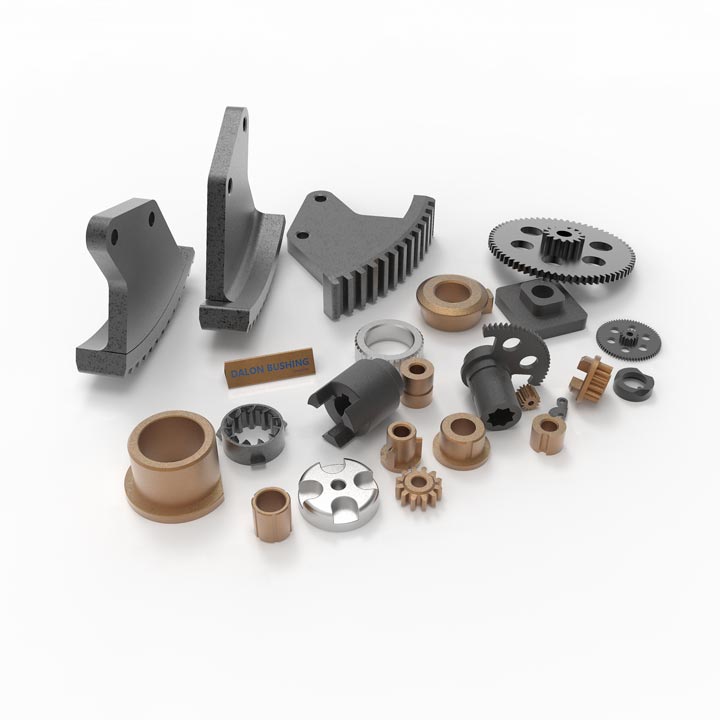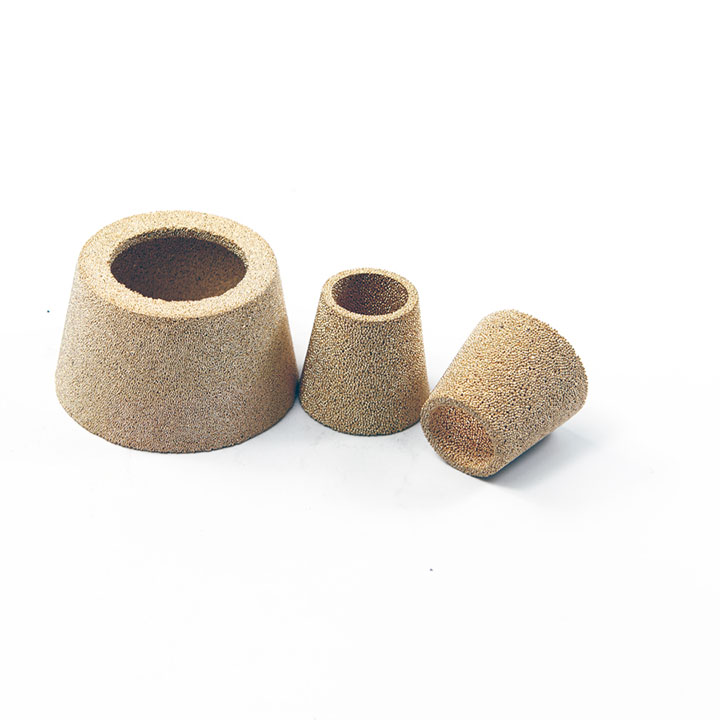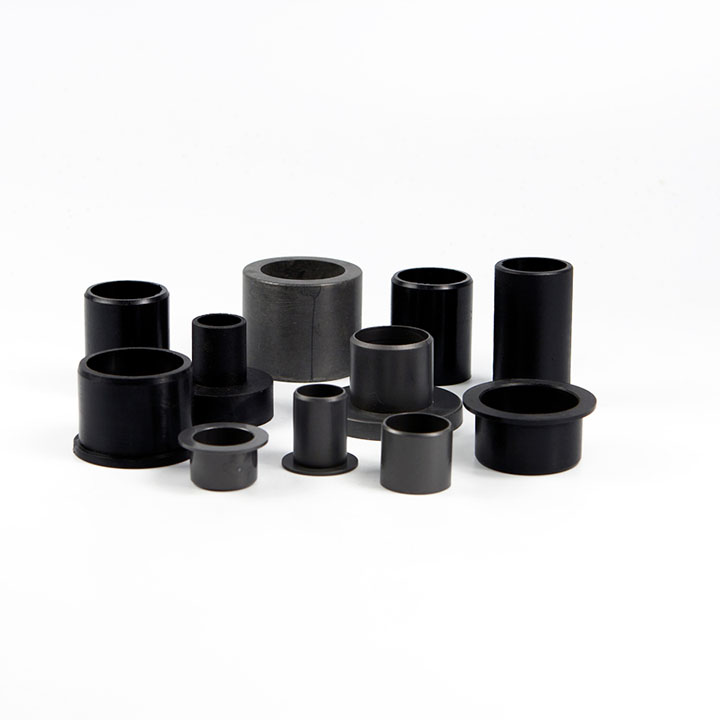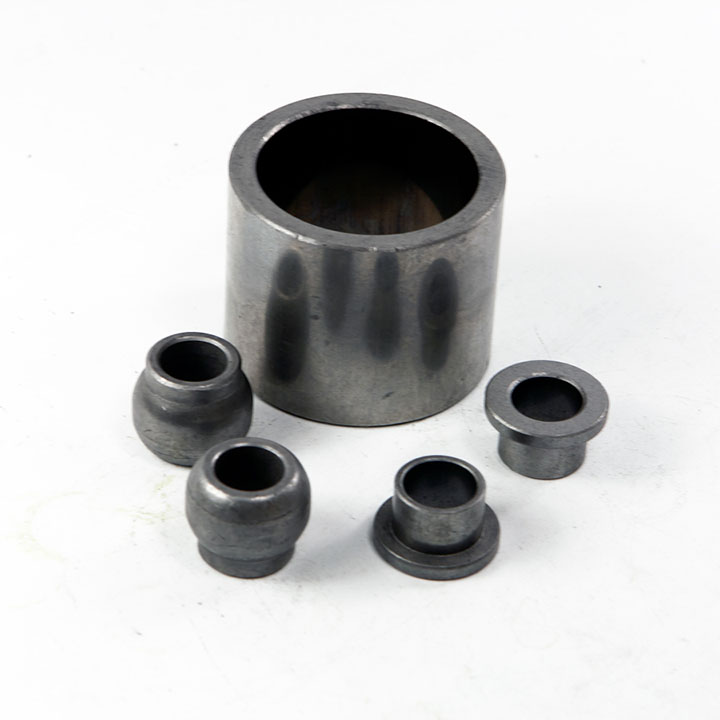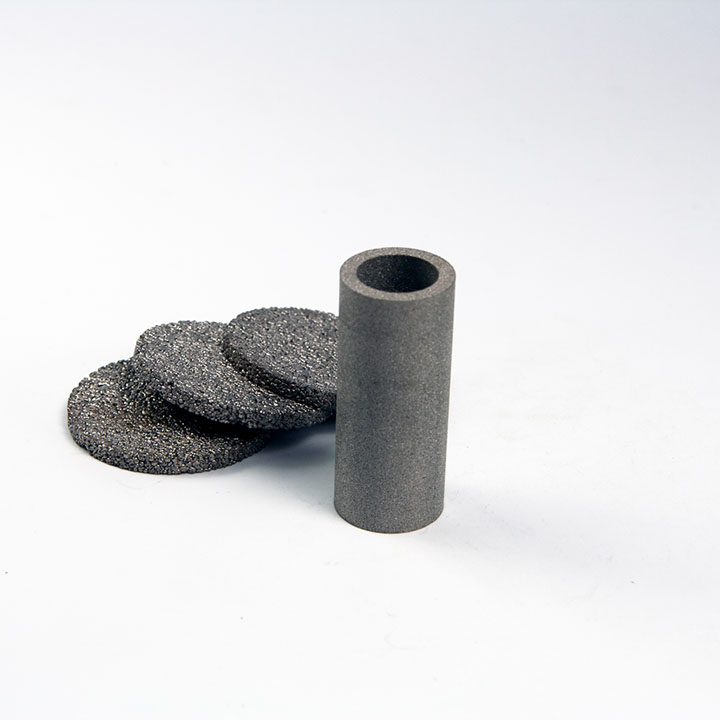Powder metallurgy materials
Generally, powder metallurgy friction materials are multi-composite materials composed of metal matrix, friction components and lubricating components. The main function of the metal matrix is to maintain the compositions and lubricant in it through mechanical combination. And physical and chemical properties determine to a large extent the friction and wear properties of powder metallurgy parts.
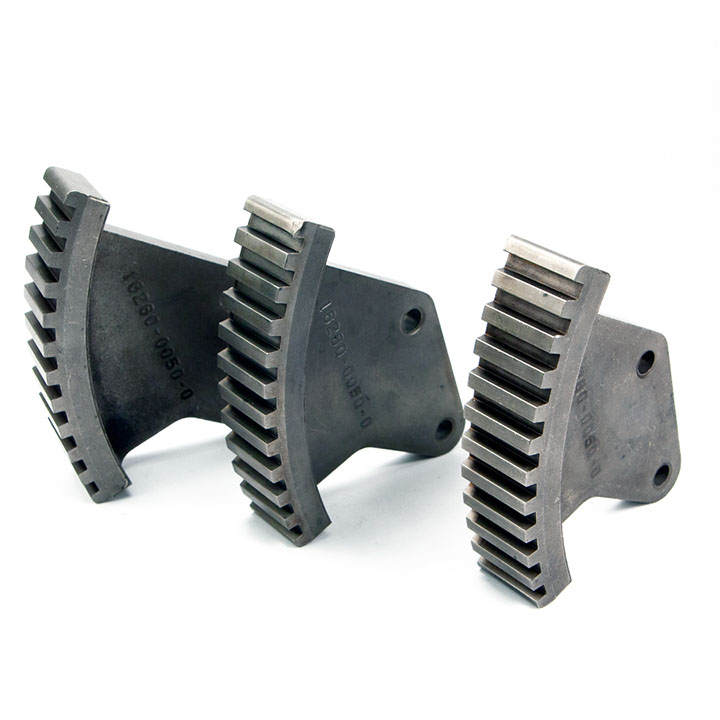
P/M material compositions
The composition of powder metallurgy generally as copper, tungsten, nickel, phosphorus and other alloy improve the performance of the matrix. The added alloying elements will form alloy pearlite with Fe in the matrix to form an intermetallic compound phase. Thereby improving the high-temperature strength and oxidation resistance of the matrix and greatly reducing material wear.
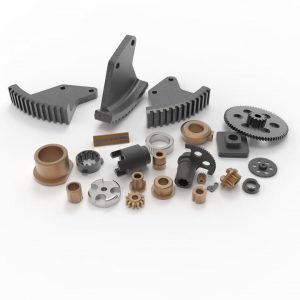
Copper based powder metal material
The alloy elements added to the copper based powder metal brake materials include zinc, nickel, Al, titanium, molybdenum, tin, etc. Commonly used in friction materials include silica, alumina, silicon carbide, B4C, etc. Which increase the friction coefficient of the matrix material and enhance the strength of the matrix.
It is more suitable to add silica as an agent to copper based materials. SiO2 can increase the coefficient and reduce wear. The graphite is one of the main elements plays solid lubricating in powder metallurgy. Which plays an important role in the wear resistance and braking stability of the material.
Enquiry to DALON today!
